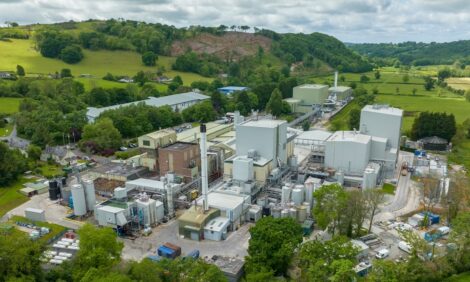



Technology Offers Barley Digestible Energy Analysis
CANADA - A new Near Infrared Reflectance Spectroscopy calibration is providing barley growers and their customers a quick and accurate analysis of the digestible energy content of barley.Near Infrared Reflectance Spectroscopy is a non-invasive technique that uses light to analyse the chemical bonds in feedstuffs and has typically been used in the grains industry to provide simple feed quality analysis and analysis of other quality parameters such as moisture content.
Researchers with the University of Alberta, in collaboration with Alberta Agriculture and Rural Development, have developed a NIRS calibration to analyse the digestible energy in barley.
University of Alberta animal science professor Dr Ruurd Zijlstra says the accuracy is about 60 to 70 kilocalories digestible energy and or an accuracy of two to three per cent.
Dr Ruurd Zijlstra at the University of Alberta said: "We've been working on this for close to a decade and one main component of this work is that you need to have a very good reference analysis and the reference analysis is what you can then calibrate the NIR machine for.
"Initially we started to work with animal-based data but of course animal-based data is very expensive so we decided early in the process to also work with laboratory techniques that mimic the digestive process in the pig in a test tube.
"Using what we then call in vitro digestibility techniques we've analysed 300 to 400 barley samples in the lab, have a reference analysis that has a reasonably small error and as a result of all that work we now have a barley calibration that can predict digestible energy with an accuracy of about 60 to 70 kcals digestible energy."
Dr Ruurd Zijlstra says NIRS can be used to analyse the quality of any cereal grain and researchers are now working on a calibration for wheat digestible energy.
TheCattleSite News Desk


